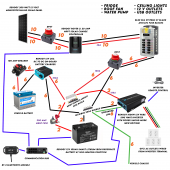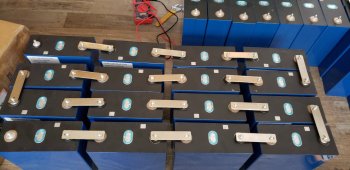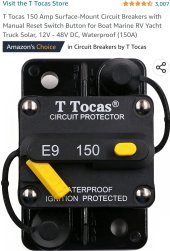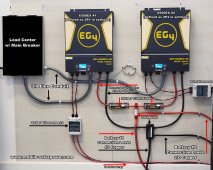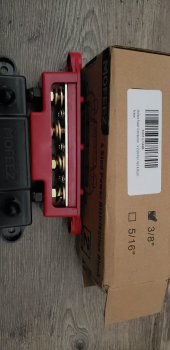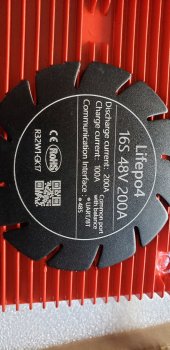John Frum
Tell me your problems
- Joined
- Nov 30, 2019
- Messages
- 15,230
When you get your solar charge controller and dc2dc charger could you please do me a favour.
I would like you to check for continuity between the negative terminals.
If they have continuity between the negatives then they are non-isolated chargers and I will change the topology to reflect that.
I would like you to check for continuity between the negative terminals.
If they have continuity between the negatives then they are non-isolated chargers and I will change the topology to reflect that.



